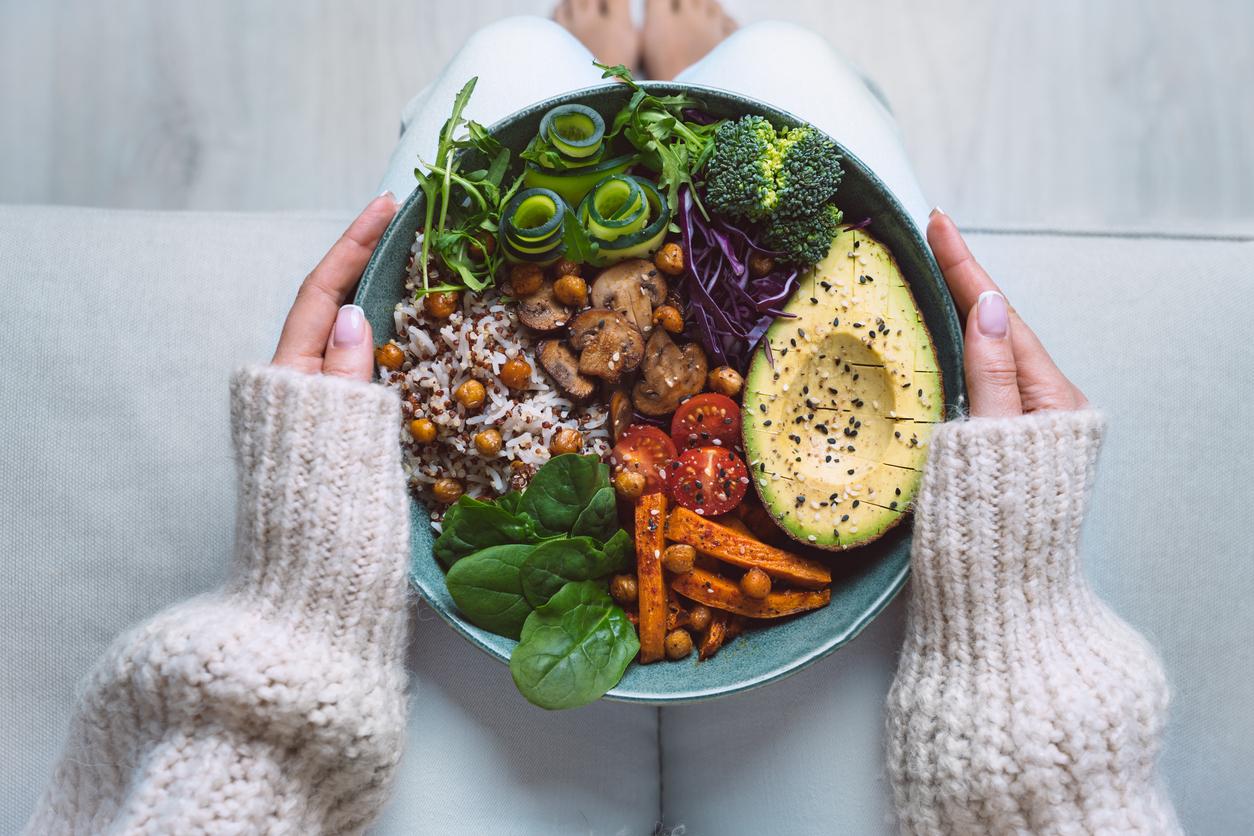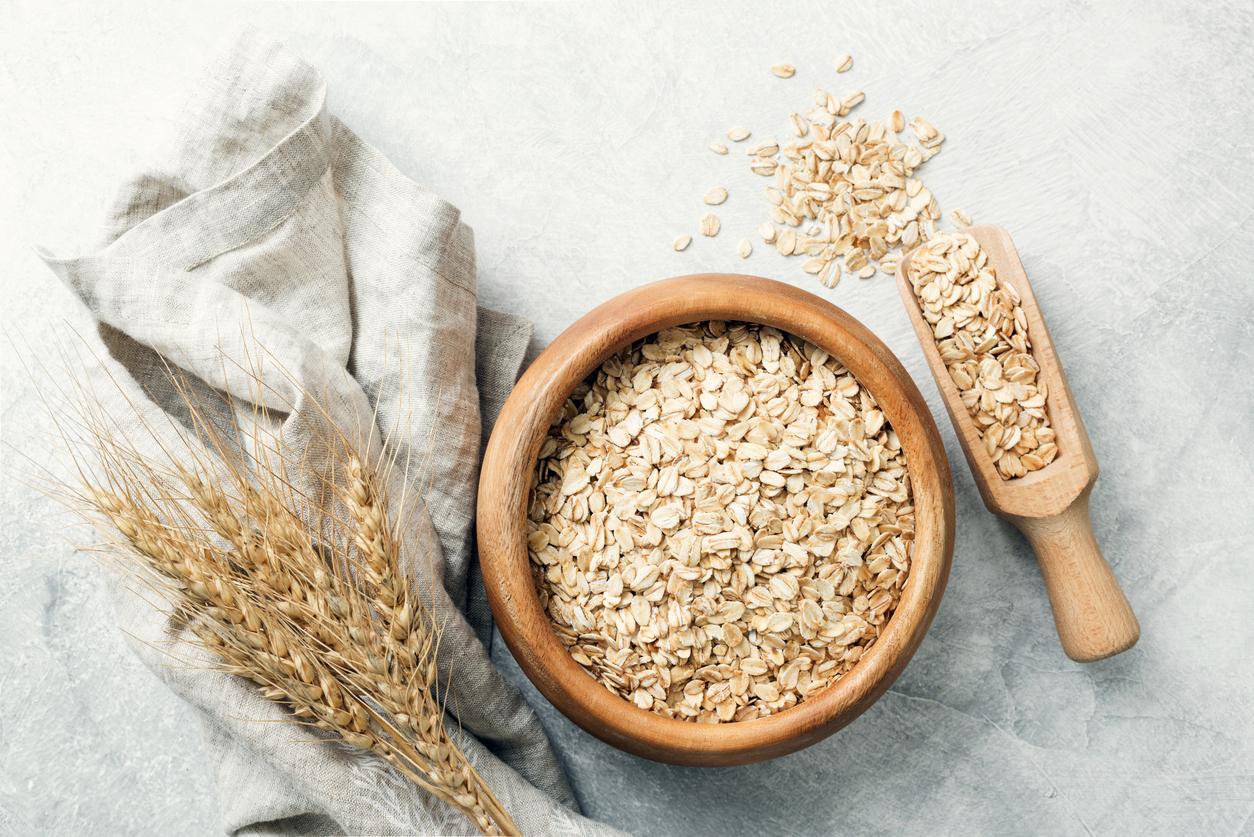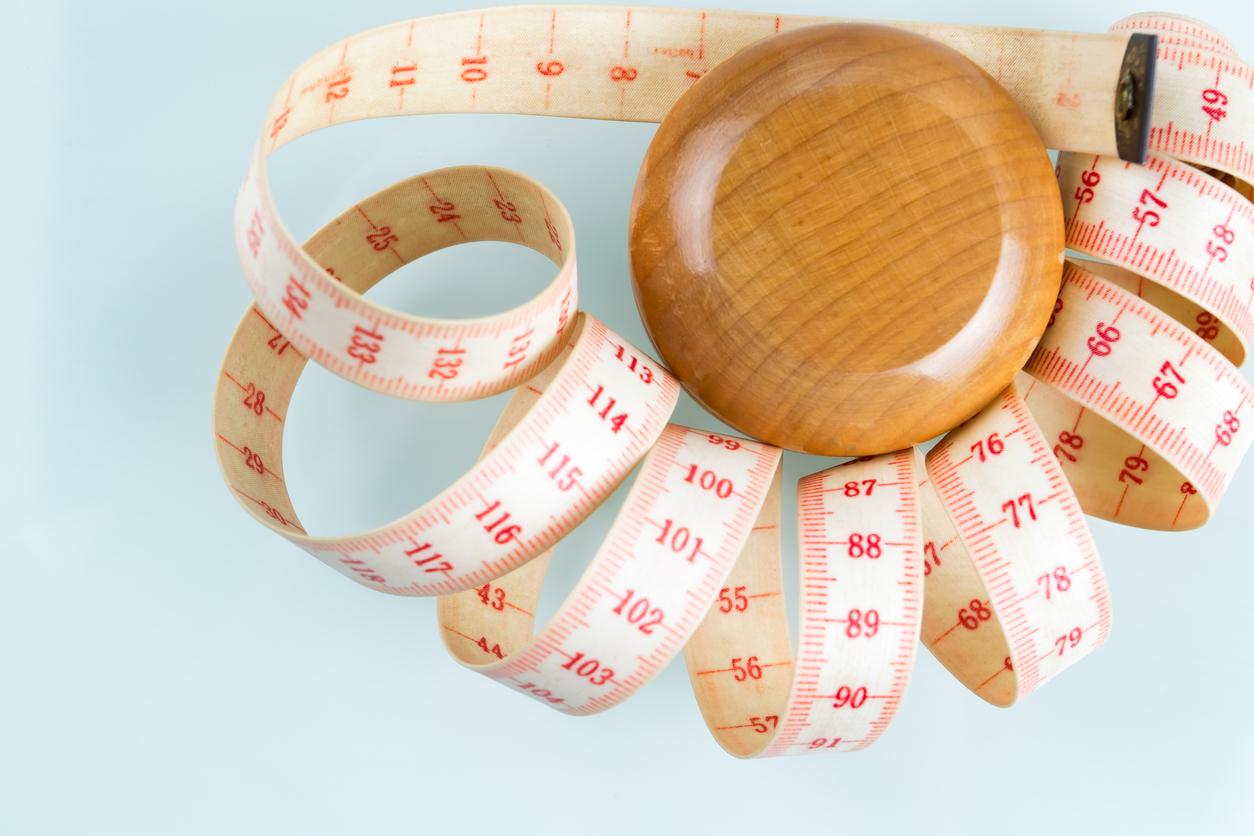Astrid, 52, a sales executive in the automotive industry, has gained weight since confinement. She feels hungrier than before and has started snacking again in the evening, especially after dinner. His indulgence: crisps and milk chocolate. His latest blood tests show for the first time an LDL cholesterol level (the “bad”) a little above average and a fasting blood sugar level still within the norm, but close to the limit.
His doctor advises him to lose weight, knowing that it is generally accepted that from 5% of total weight loss, we begin to have positive effects on health parameters. Astrid weighs 72 kilos: a weight loss of at least 4 kilos could start to have an impact.
Astrid has already done a few diets in her life and does not have very good memories of them, “it’s frustrating, and it never works for long“She’s right. In 95% of cases, the lost weight is regained within 5 years of following the diet. This good-natured Bordelaise girl doesn’t really want to make too many sacrifices.”I’ve got a good appetite, I need to feel stuffed“, she tells me. So I suggest a low glycemic index (GI) food rebalancing, which will tick all the boxes in her case.
Favor whole grains over white cereals and avoid pastries
This type of diet favors foods that do not raise blood sugar levels, that is to say the level of glucose in the blood, which will therefore limit the risk of occurrence of prediabetes, or even diabetes. . It is a high fiber diet; however, the fibers are satiating: there is little risk of cravings. As a reminder, fibers are found in fruits and vegetables, certain cereals (whole grain rice, oats, buckwheat, quinoa, etc.), pulses (lentils, chickpeas, dried beans, etc.) or oilseeds (almonds, walnuts, etc.). .). They have many advantages: they help reduce cholesterol levels and serve as food for the bacteria in our microbiota, an important player in our overall health and weight regulation.
I therefore propose to Astrid to favor all these low or medium GI foods and to limit those with too high a GI, mainly white cereals (bread, white pasta, in particular when they are well cooked), potatoes (their GI is lower if they are cooked whole in water ) and sweet products (pastries, pastries, milk chocolate, biscuits, etc.). I also invite him to favor a salty or slightly sweet breakfast and to keep the quantities of starchy foods reasonable (a third of the plate maximum). As she likes to make cakes, I offer her adapted recipes, less sweet and with high-fiber flours.
The result is not long in coming: Astrid lost 3 kilos the first month, then 2 the second, and another 2 the third month. “It was incredibly easy, she tells me, and I no longer wanted to snack in the evening.“Bonus: his blood tests are now perfect!

















